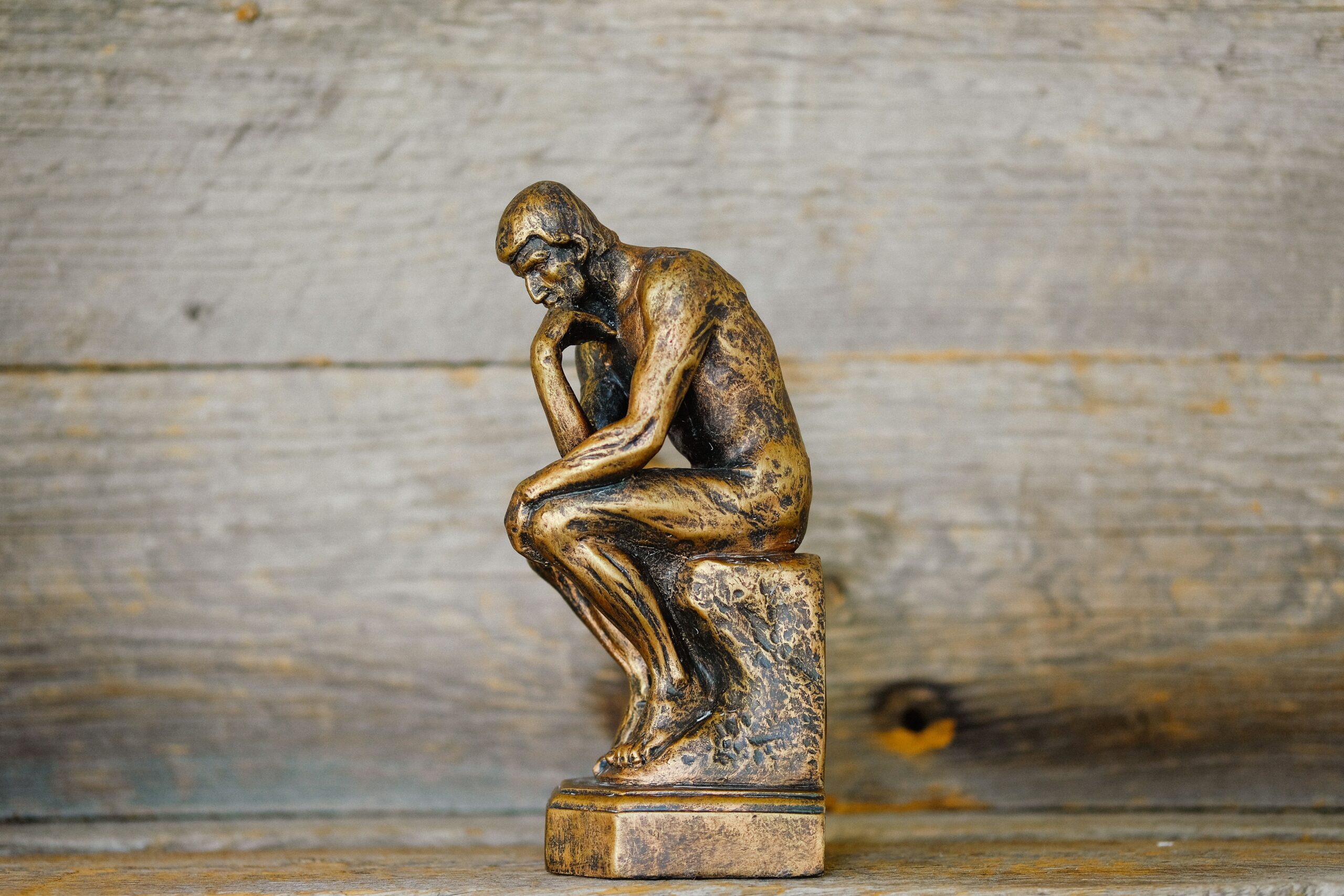Joe Franklin writes in Classics of the Silent Screen that “along with Griffith, Stroheim, Keaton and Fairbanks, Chaplin remains one of the half-dozen immortals of the American screen,” delimiting a pantheon that has since grown while retaining its primary figures, of whom Chaplin is one of the greatest.[1] By 1936 Chaplin had established an oeuvre that universalized the Tramp, the duck-footed vagrant with floppy shoes and a cane, so that as he approached the creation of Modern Times his reputation as a movie icon could never have been in doubt. But his reputation, however unassailable, confronted during these years an existential dilemma posed by the tidal powers of cinema itself: the introduction of sound.
Don Juan and The Jazz Singer, distributed respectively in 1926 and 1927, evidenced the tentative steps of the sound era that by 1930 had transformed the industry and supplanted the silent cinema. Those opposing the introduction of sound fought to retain the purity of silence, but the epochal change demanded that the opponents either leave the industry, or adapt to the changes of sound. Charlie Chaplin remained a defiant reactionary who in 1932 created City Lights, which contains no dialogue; but by 1936, the silence that had been anomalous in 1932 had become an anachronism, and Chaplin, conscious of public criticism, released a film called Modern Times in which the tramp experiences human speech. Of the critical dilemma that Chaplin faced while making Modern Times, Charles Maland writes in his essay “The Depression, Technology, and the Tramp” that Chaplin “knew how to make silent comedies, and he hated the tyranny of speech, but he knew that it would be professionally and financially risky, even suicidal, to turn back the clock and refuse speech entirely.” The tension between the exigencies of his time and his allegiance to silence underpins Modern Times, whose themes reflect that tension.[2]
Modern Times contains some of the best slapstick that I’ve ever seen, and a number of set pieces that are luminous and imperishable. While it sympathizes with the proletariat, the film is not a piece of communistic propaganda; instead it vivifies the original genius of the Tramp, as well as a new genius offsetting sound with silence—a clarion valediction to an era that has always been with us.
The opening shots of the film effect a montage of attraction that likens the rabble of workers to a flock of sheep, milling to the factory in which all are to toil. The conceptual sympathies, while suggesting communistic leanings, have little to do with the Tramp’s misadventures—the title itself “promises a connection to current society but tempers any more overt leftist connotation,” reflecting the tenor of the film.[3] The initial sequences of the factory, in which sound affirms the novel trajectory of Modern Times, contain the dizzying slapstick of a conveyor belt to which the Tramp is enslaved, tightening countless bolts as the belt moves apace.
Having paused at the lunchtime bell, the Tramp encounters the funniest set piece that I have ever seen—the “Billows Feeding Machine, containing both a “compressed-air blower” and a “corn-feeder transmission”. For some minutes the Tramp undergoes this feeding, resulting in malfunction and superlative slapstick. And Chaplin achieves indelible genius.
In the sequences following the feeding machine, the Tramp is arrested repeatedly, and intercut with the Tramp’s hapless existence is the misfortune of the Gamin, played by Paulette Godard with turbulent, amusing puckishness.
The two characters, the Tramp and the Gamin, come together seamlessly so that their relationship transports the viewer into their world of unrealistic optimism, which becomes infectious. Having delivered what is another endearing set piece at the café, where he pantomimes the tale of a buxom lover, the Tramp flees with the Gamin into the arid, sparkling dawn. As they retreat along the road, embodying a boundless deluded grandeur, optimistic and smiling at the world’s indifference, the madness of the pair lessens and becomes an eternal image. Madness goes not with them but with the cruel, indifferent world that rarely has time for angels.
Writing about the inimitable genius of Chaplin in an essay of the same name, André Bazin notes that “while a provisional solution always seems to satisfy him he shows a fabulous ingenuity in the immediate circumstance. He is never at a loss in any situation. There is a solution for everything even though the world (and especially things in it rather than the people) is not made for him,” echoing the eternal image that was to be the last appearance of the Tramp, whose creator proceeded to make The Great Dictator while immersing himself in the era of sound.[4] That final retreat, to which Godard contributes no less than Chaplin, has the lasting poignancy of the Tramp’s farewell, a final snubbing of the sound era. Modern Times is a creation upending the tyranny of sound while affirming that its creator can handle it, solidifying the power of his original genius.
“As a cultural artifact of the mid-Depression years, made by one of the cinema’s greatest auteurs and performers,” writes Charles Maland of Modern Times, “it has earned a significant spot in the canon of American film comedy.”[5] By expressing the universal consensus of filmgoers of the prior century, he affirms a legacy reviving whenever the Tramp appears on the screen. And by watching the films of Charlie Chaplin, thus perpetuating his legacy, we ensure like the Tramp that we never say die.
- Franklin, Joe. Classics of the Silent Screen. The Citadel Press, 1959. ↑
- Maland, Charles J. “The Depression, Technology, and the Tramp.” Film Analysis, edited by Jeffrey Geiger, R.L. Rutsky, W.W. Norton & Company, Inc., 2013, pp. 218-237. ↑
- Ibid. ↑
- Bazin, André. What Is Cinema? Translated by Hugh Gray, University of California Press, 1967. ↑
- Maland, Charles J. “The Depression, Technology, and the Tramp.” ↑


